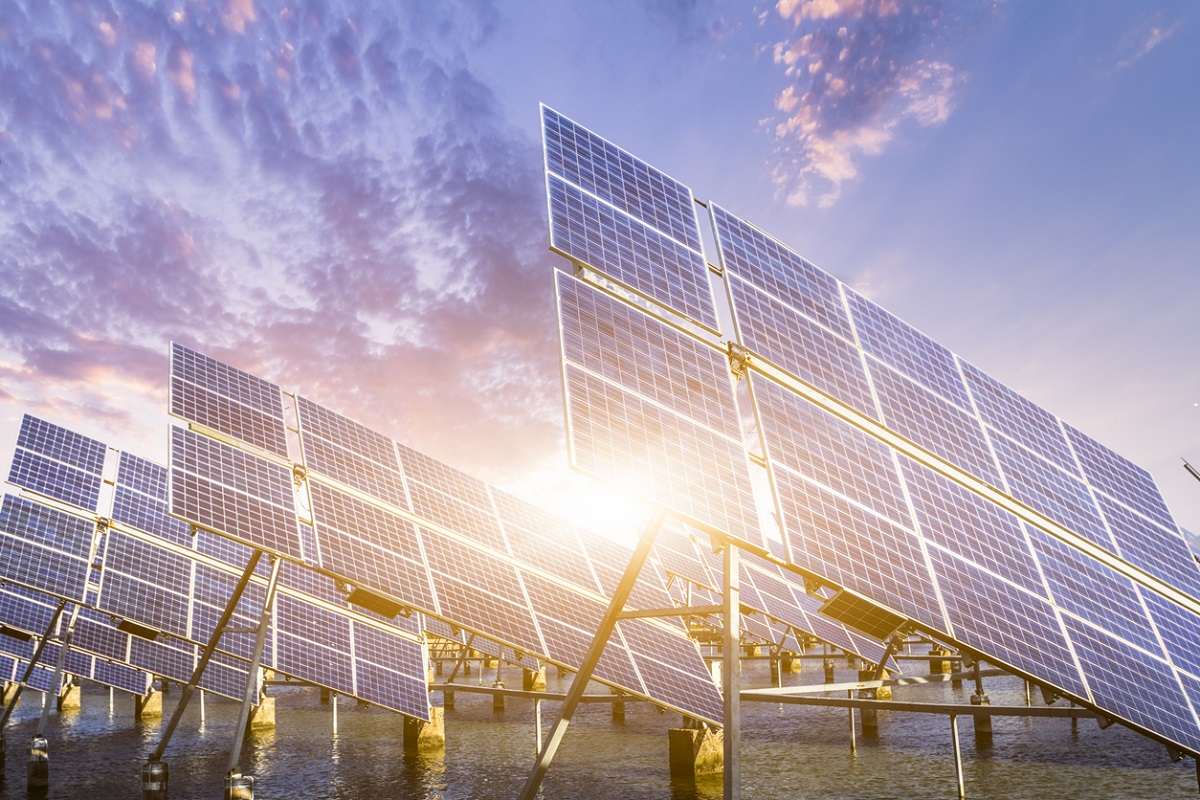India’s ambitious renewable energy goals have placed the country at the forefront of the global energy transition. With a target of reaching 500 gigawatts (GW) of non-fossil power capacity by 2030, up from the current 154.5 GW, the nation is charting an impressive trajectory. However, this clean energy ambition faces a crucial bottleneck ~ its transmission capacity. As highlighted recently by India’s power secretary, the need to explore incentives to enhance the renewable energy transmission infrastructure is becoming increasingly urgent.
The idea of a production-linked incentive (PLI) scheme to improve transmission capacity offers a pragmatic solution to the growing challenge. PLI schemes have already shown their effectiveness in other sectors, such as electronics and electric vehicles, by encouraging domestic manufacturing and reducing reliance on global supply chains. If implemented for renewable energy transmission, such a scheme could serve as a catalyst for boosting the local supply of key transmission equipment, mitigating vulnerabilities linked to global market fluctuations.
Advertisement
The scale of the challenge is immense. Currently, a staggering 1,650 GW of global renewable energy capacity is waiting to be connected to grids worldwide. India’s grid infrastructure, essential for distributing power from renewable sources like solar and wind farms to consumers, needs a significant upgrade to handle this surge. This is particularly pressing as India seeks to accelerate its shift away from thermal power, which, though still dominant, has been on a slight decline as solar power gains ground. Transmission infrastructure is a vital, though often overlooked, component of the clean energy puzzle. Without the ability to efficiently transport renewable energy from generation points to consumption areas, even the most ambitious targets will remain out of reach. India’s existing transmission network is constrained, struggling to integrate the rapidly increasing output from renewable projects.
To address this, the country must not only expand its grid capacity but also invest in modern, flexible systems that can handle the intermittent nature of renewable energy sources. The global supply chain disruptions caused by surging power demand and geopolitical tensions further underscore the need for localised manufacturing. A PLI scheme tailored to transmission equipment could encourage Indian companies to step up production, reduce dependence on imports, and make the renewable energy sector more resilient to external shocks. This would not only create jobs and stimulate economic growth but also ensure that India remains on track to meet its climate commitments. Beyond merely improving transmission, India’s renewable energy transition requires an integrated approach. Policymakers must consider parallel investments in grid storage technologies, smart grids, and digital infrastructure that can optimise energy flows and balance supply and demand more effectively.
This holistic strategy would help ease transition from fossil fuels to renewables, ensuring a reliable and stable power supply. While India’s renewable energy ambitions are commendable, the transmission infrastructure needed to support this vision is still catching up. A PLI scheme focused on transmission equipment could be the key to unlocking the full potential of renewable energy











